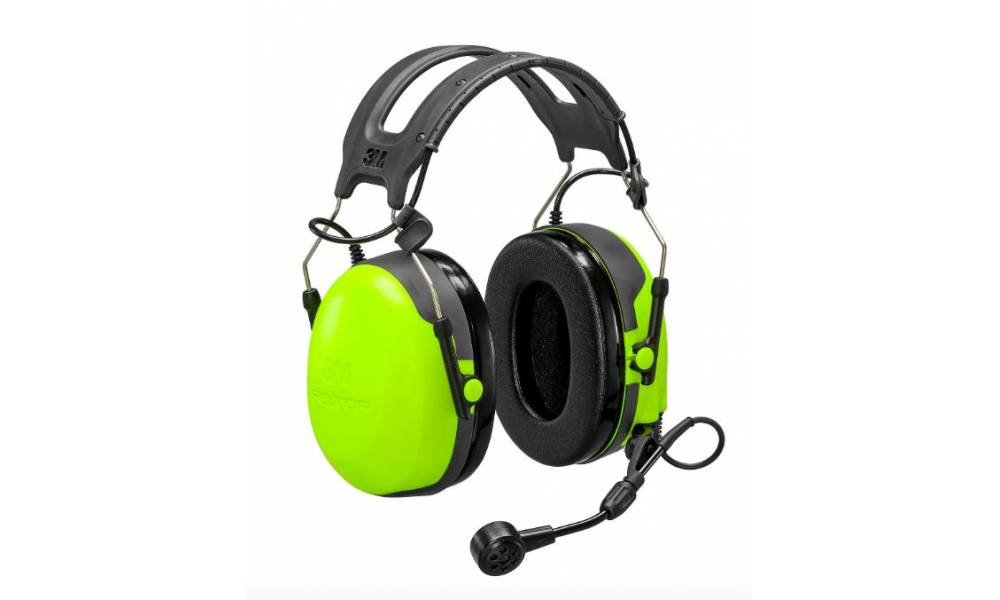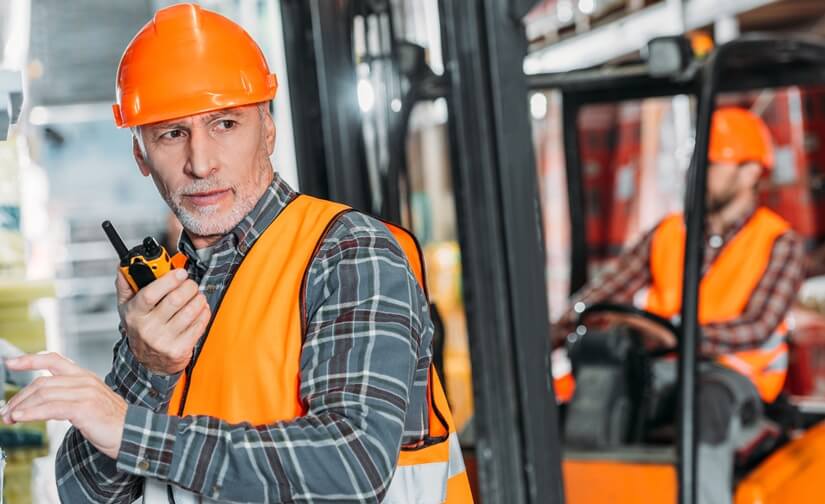Radio communication is a specific requirement, essential in any workplace. Still, some areas can be risky, especially when the environment entails electrical outputs that could easily ignite with heat or spark. This can make it difficult, not to mention unsafe, to use any standard radio equipment. However, when radio equipment complies with safety standards such as the ATEX directive, it’s usually considered safe to do so and therefore it is recommended the use of approved two-radio systems for those working environments.
What exactly is ATEX?
ATEX it’s a term used for ‘Atmosphere Exposable’, and the directive 94/9/EC (introduced by the European Union in 2003) first came about to ensure the safety of equipment and systems when operating in high-risk zones. ATEX approved radios are a part of that system to maintain safety aspects for employees working and operating in atmospheres regarded as potentially explosive.
What does the term intrinsically safe mean?
The term ‘Intrinsically safe’ is often used when relating to the use of electrical equipment operating in environments which are highly hazardous. So, in order to use radio communication, it must be classified as Intrinsically safe, which Two-way radio systems (once ATEX approved) are.
Two-way radios will have to pass rigorous testing to ensure that they are completely safe. The devices need to prove that they have little chance of being able to spark or ignite. They must meet standards including casing and batteries used, and heat produced from the device must be at minimum levels.
Are all Two-way radios ATEX approved?
Unfortunately, not all two-way radios are ATEX approved and meet the standards required. Having said that, most brands and leading manufacturers do have ATEX approved Two way radios available within their brands and those devices contain all of the modern features you’d find on the latest, newest and most advanced radio communication devices. Some of the brands that do have ATEX approved Two-Way radios are Hytera, Kenwood and Motorola.
What types of working environments may require ATEX approved devices?
As mentioned above the working environments that do require ATEX approved devices are areas with potentially explosive atmospheres where certain equipment may be at risk of igniting and causing fires or explosions. These specific areas listed below are without doubt areas that do require communication in order to be able to operate adequately, but since they are regarded as a high risk, they must ensure that Two-Way radio systems used are ATEX approved in order to keep everyone safe.
- Emergency services, fire, police and ambulance services due to the unexpected nature of some scenarios they may have to attend, or the training facilities they use.
- Oil rigs and refineries are regarded as extremely high risk.
- Gas, anything gas related has potential for atmosphere explosion.
- Chemical plants, chemicals are often hidden dangers, you may not see the hazard, but it’s very present.
- Engine rooms and other enclosed and high-risk areas of work.
- Some factories, depending on what the manufacturing is and what equipment is used.
- Certain areas of Airports.
- Timber Sawmill
Plus, many, many more! Not only is it important to use ATEX approved radios when operating in any of those environments but also accessories such as headsets, microphones, earpieces etc. All have to meet the required standards too.
ATEX zones and levels
Not all ATEX zones are of the same level when evaluated as potentially high risk. Some are regarded more severe than others, for instance, there are usually three zones marked Zone 0, Zone 1 and Zone 3 with zero being the highest risk, 1 being potential risk and 3 is less likely but still risky, there are also levels for Dust factors too. If any area fits into one of the categories or Zones, it will require ATEX approved radio equipment.





